Women's Fashion Change in the 20s America
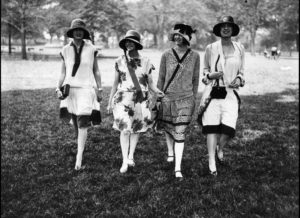
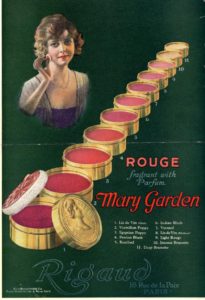
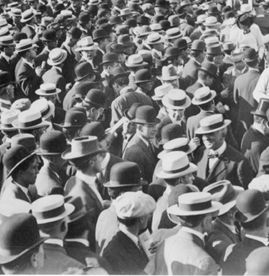
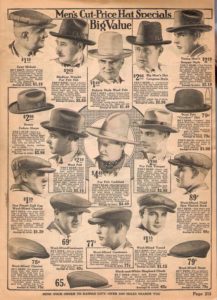
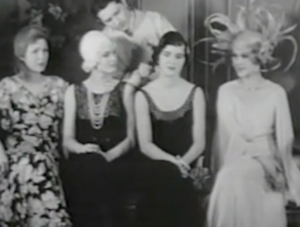
Prohibition Sparked a Women's Fashion Revolution
Bobs, beads and college hemlines — these are all features we conjure up about women's fashion during Prohibition. Iconic images of flappers dancing the Charleston float through our minds as well, but what defined an "Information technology" girl during this flow? What prompted these women to abandon the styles of their Victorian-era mothers? No more restrictive dresses, corsets or floor-length gowns — fashionable women of the Prohibition era craved freedom of movement in their wear.
Flapper fashion did non sally suddenly. It developed equally a result of gradual social and cultural changes. During this period, youth and dazzler became a valued article. For the outset time women were being marketed to in high volume, which boosted the sales of cosmetics and perfumes. Americans had more expendable income, and then they were able to purchase more consumer goods.
During the flapper era, women wanted sheer, moveable fabric with a dropped waistline and a squared body. The mixing of fabrics for evening wear (for a appointment or to visit a speakeasy) became very popular. Dresses could be ornately decorated with drinking glass beads, rhinestones, furs and material flowers.
The typical silhouette of a flapper was thin with bare arms and ankles, merely a covered superlative. These women embraced the "boy body" with flat chests. Starting time in the early on 20th century, women began "working out" at health and beauty clubs, which helped them slim downward and achieve the stylish slender body. Smoking also came into fashion for women during this period, as cigarettes were marketed as an appetite suppressant.
The female form was suppressed with dropped waistlines, looser fits and boxier clothing. Many women were non comfortable baring it all (their arms) so they had sheer fabric, such as early on forms of rayon, every bit sleeves of varying length. Shawls had a resurgence throughout this menstruation because they were practical for transportation and travel, easy to wear over typical 1920s evening wear and could continue women warm while in an open car.
Cloche hats and cropped hair were quintessential features of the flapper. Bobbed or shorter women's hair was a huge change not simply in way but as a pregnant course of female assertion. Women had to invade men's space (the barber) and cutting off their hair, which had been a male-imposed determinant of their sexuality. Some women did non bob their hair but pinned it up with bobby pins to exist trendy. Cloche hats were important because they were worn only by women who truly had curt pilus.
The development of the hemline from long to "short"-long was 1 of the about interesting fashion trends during the Prohibition era. Hemlines rose to the ankle during the 1910s and held steady at dogie length. Skirts were still long compared with contemporary styles, but illusion hemlines were created to make it look like a flapper was showing more leg. By the mid-1920s the hemline hit its all-fourth dimension high — to the kneecap. Near the end of Prohibition skirts began to lengthen, again assisted by asymmetrical hemlines. Several unlike fabrics were needed to attain this look. Semi-sheer overskirts, pleats and scalloped skirts assisted with hemline deception. To complement the dissimilar hemlines young women wore mankind-colored stockings to give the illusion of a bare leg. It was also stylish to wear patterned stockings.
Men of the era typically wore iii-slice suits — vests were required. Men's suits were mostly thick materials such as wool or flannel, but still lighter material than common in previous decades. Suits were known for having 3 to four buttons, the top of which rested on the homo's heart and gave the suit a higher lapel than in previous decades. Toward the end of Prohibition, men'south suits, like women's dresses, became boxy and looser, moving away from the tailored male person silhouette. To consummate the ensemble, men wore thin bowties, a fedora or gambler hat, and wingtip shoes.
Next Story: Dating Replaced Courtship During Prohibition
0 Response to "Women's Fashion Change in the 20s America"
Post a Comment